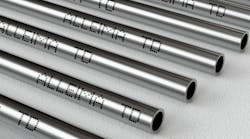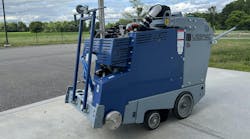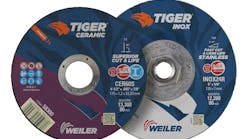Webbing Provides Strength and Lightness
A line of woven webbing for aerospace and aviation applications include specialized narrow fabrics, 2D and 3D thermoset and thermoplastic fabrics, and innovative E-WEBBINGS narrow woven fabrics. The materials are widely used in such critical applications as parachutes; cargo restraint systems; seating and interior applications; crew safety system components; flight suits; air slides, seatbelts, and flotation devices.
Using its decades of weaving expertise, BRM designs, engineers, and manufactures materials that maximize the end products’ performance characteristics and properties – including durability, resistance to abrasion, chemicals, heat, and weather. Compared to steel and aluminum materials, a strong and lightweight webbing reduces material costs, lowers fuel use, and increases safety. Custom engineered designs and special manufacturing processes can be modified to meet end user needs.
Also available are lightweight, cost-effective, advanced woven 2D and 3D thermoset and thermoplastic polymer composite structures. Using a multi-dimensional continuous weaving method, Bally produces textiles that can be fabricated into net-shape structures. These advanced weaving capabilities offer customers new solutions that reduce weight and cost. The technology weaves complex shapes automatically, eliminating many costly, time-consuming, and labor-intensive processes.
BRM’s latest and most innovative fabrics include 2D and 3D Thermoplastic Composite Materials (TPCM) and the new engineered E-WEBBINGS. TPCM is designed to be utilized as a localized reinforcement in varied molding/forming processes and provides superior specific strength, impact resistance, increased flexure and interlaminar shear resistance. BRM’s E-WEBBINGS® product line was developed for the Internet of Things (IoT) technology sector, which is specially designed for use in integral products for commercial, personal, and military aircraft. Made from a wide variety of fibers and conductive elements, E-WEBBINGS provide structural and conductive components that allow for the integration of sensors and other technology into the webbing.





